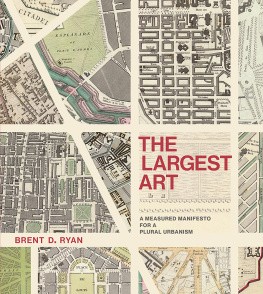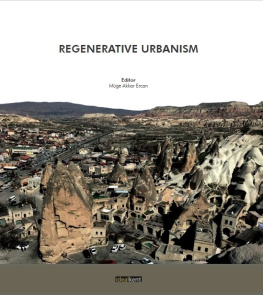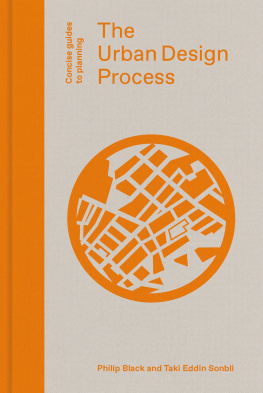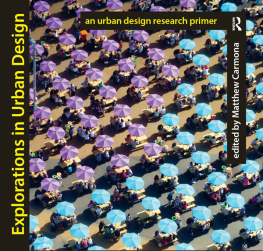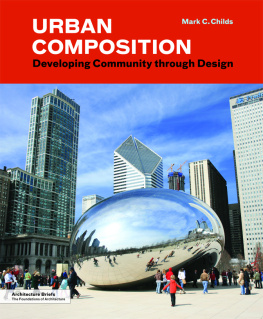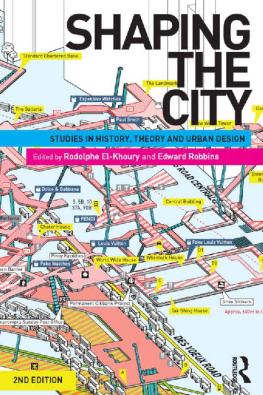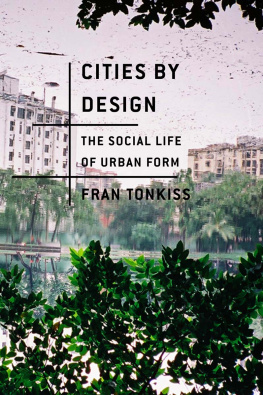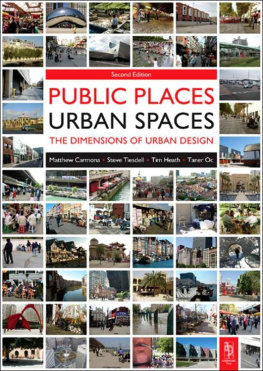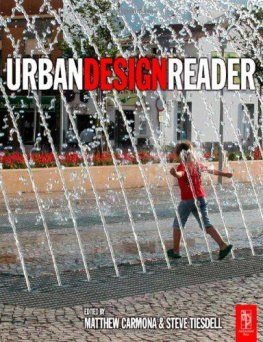Brent D. Ryan - The Largest Art: A Measured Manifesto for a Plural Urbanism
Here you can read online Brent D. Ryan - The Largest Art: A Measured Manifesto for a Plural Urbanism full text of the book (entire story) in english for free. Download pdf and epub, get meaning, cover and reviews about this ebook. year: 2017, publisher: The MIT Press, genre: Art. Description of the work, (preface) as well as reviews are available. Best literature library LitArk.com created for fans of good reading and offers a wide selection of genres:
Romance novel
Science fiction
Adventure
Detective
Science
History
Home and family
Prose
Art
Politics
Computer
Non-fiction
Religion
Business
Children
Humor
Choose a favorite category and find really read worthwhile books. Enjoy immersion in the world of imagination, feel the emotions of the characters or learn something new for yourself, make an fascinating discovery.
- Book:The Largest Art: A Measured Manifesto for a Plural Urbanism
- Author:
- Publisher:The MIT Press
- Genre:
- Year:2017
- Rating:3 / 5
- Favourites:Add to favourites
- Your mark:
The Largest Art: A Measured Manifesto for a Plural Urbanism: summary, description and annotation
We offer to read an annotation, description, summary or preface (depends on what the author of the book "The Largest Art: A Measured Manifesto for a Plural Urbanism" wrote himself). If you haven't found the necessary information about the book — write in the comments, we will try to find it.
Why urban design is larger than architecture: the foundational qualities of urban design, examples and practitioners
Urban design in practice is incremental, but architects imagine it as scaled-up architecture -- large, ready-to-build pop-up cities. This paradox of urban design is rarely addressed; indeed, urban design as a discipline lacks a theoretical foundation. In The Largest Art, Brent Ryan argues that urban design encompasses more than architecture, and he provides a foundational theory of urban design beyond the architectural scale. In a declaration of independence for urban design, Ryan describes urban design as the largest of the building arts, with qualities of its own.
Ryan distinguishes urban design from its sister arts by its pluralism: plural scale, ranging from an alleyway to a region; plural time, because it is deeply enmeshed in both history and the present; plural property, with many owners; plural agents, with many makers; and plural form, with a distributed quality that allows it to coexist with diverse elements of the city. Ryan looks at three well-known urban design projects through the lens of pluralism: a Brancusi sculptural ensemble in Romania, a Bronx housing project, and a formally and spatially diverse grouping of projects in Ljubljana, Slovenia. He revisits the thought of three plural urbanists working between 1960 and 1980: David Crane, Edmund Bacon, and Kevin Lynch. And he tells three design stories for the future, imaginary scenarios of plural urbanism in locations around the world.
Ryan concludes his manifesto with three signal considerations urban designers must acknowledge: eternal change, inevitable incompletion, and flexible fidelity. Cities are ceaselessly active, perpetually changing. It is the urban designers task to make art with aesthetic qualities that can survive perpetual change.
Brent D. Ryan: author's other books
Who wrote The Largest Art: A Measured Manifesto for a Plural Urbanism? Find out the surname, the name of the author of the book and a list of all author's works by series.

